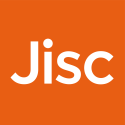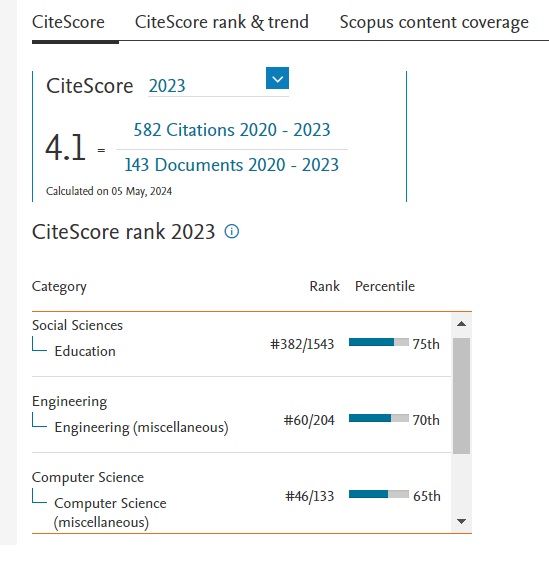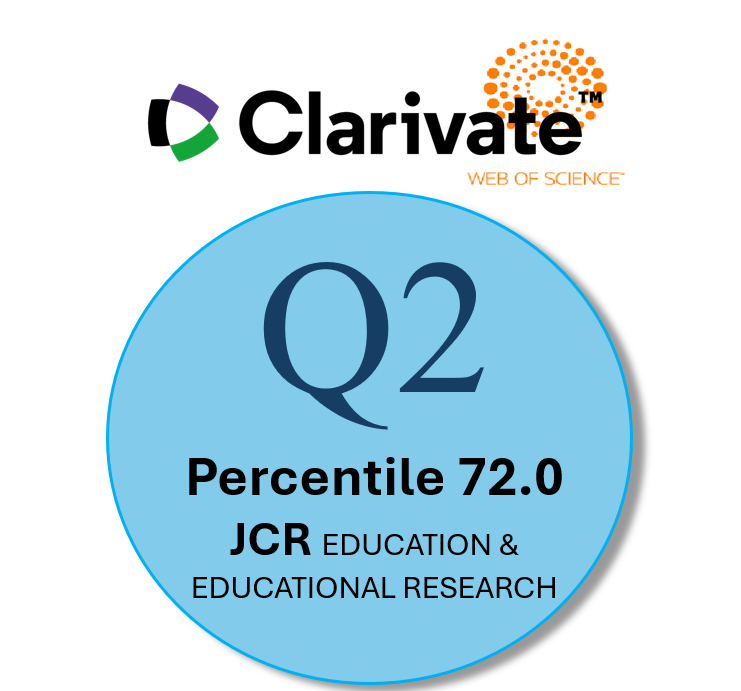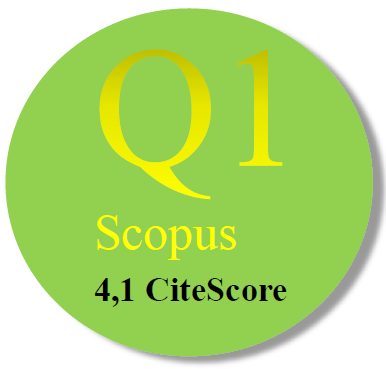Assessment in Collaborative Learning
A Mediation Analysis Approach
Abstract
In collaborative learning, evaluating the process involves teamwork dynamics, and assessing the product focuses on the accuracy and quality of the final output. Assessment plays a crucial role, as it defines and measures the effectiveness of group activities to ensure that learning objectives are met. Mediation analysis is an important technique to better understand relationships between variables, specifically designed to test hypotheses about potential causal effects in various areas. However, many research initiatives have been discontinued prematurely due to the Baron-Kenny data restrictions. This research takes a case study of online learning from the Portuguese Open University to determine if and how group selection and interaction frequency affect individual assessment. The contribution lies in applying quantitative causal mediation analysis to collaborative learning assessment. The Lambda Mediation Ratio is proposed to enhance mediation analysis by enabling quick and flexible categorization into full, partial, or no mediation. Using Moodle platform logs and student outcomes, it was possible to find a significant influence of group dynamics on academic performance, highlighting the practical application of this improved methodology in an educational context. These findings reassure us of the relevance and applicability of this research in real-world educational settings.
Downloads
References
Ballen C.J., S. Salehi (2021), Mediation Analysis in Discipline-Based Education Research Using Structural Equation Modeling: Beyond “What Works” to Understand How It Works, and for Whom. J Microbiol Biol Educ. 22:10.1128/jmbe.00108-21. https://doi.org/10.1128/jmbe.00108-21
Baron R.M., D.A. Kenny (1986), The moderator-mediator variable distinction in social psychological research: Conceptual, strategic, and statistical considerations, Journal of Personality and Social Psychology, vol. 51 (6), pp. 1173–1182, https://doi.org/ 10.1037/0022-3514.51.6.117.
Boud, D., Bearman, M. (2022), The assessment challenge of social and collaborative learning in higher education, Educational Philosophy and Theory, vol. 56(5), pp. 459–468. https://doi.org/10.1080/00131857.2022.2114346.
Cavique L. (2023), Visão Integrada do Ensino-Aprendizagem: aplicação do modelo da Universidade Aberta, Revista Lusófona de Educação, v. 60 n. 60.
Hair J.F., Hult G.T., Ringle C.M., Sarstedt M., Danks N.P., Ray S. (2021), Mediation Analysis, Classroom Companion: Business.
Iacobucci D. (2012), Mediation Analysis and Categorical Variables: The Final Frontier, Journal of Consumer Psychology, 22. 10.1016/j.jcps.2012.03.006.
Khan A. et al. (2022), Collaborative Learning Assessment via Information and Communication Technology, RIVF, 16th International Conference on Computing and Communication Technologies, pp. 311-316 Dec., IEEE.
Kratz F., B. Pettinger, M. Gratz (2022), At Which Age is Education the Great Equalizer? A Causal Mediation Analysis of the (In-)Direct Effects of Social Origin over the Life Course, European Sociological Review, vol. 38, pp. 866–881, https://doi.org/ 10.1093/esr/jcac018.
Lange T., Kim H.W., Sørensen R., Galatius S. (2017), Applied mediation analyses: a review and tutorial, Epidemiology and Health, vol. 39.
Mackinnon D.P., Valente M.J., Gonzalez O. (2019), The Correspondence Between Causal and Traditional Mediation Analysis: the Link Is the Mediator by Treatment Interaction, Prevention Science, vol. 21, pp. 147-157.
Misunas C., E. Soler-Hampejsek, B. Kangwana, N.A. Haberland (2024), Do adolescent girls' education and friendships have independent effects on early pregnancy? Results of a mediation analysis from a longitudinal cohort study in Nairobi, Kenya, SSM - Population Health, vol. 25, 101618, https://doi.org/10.1016/j.ssmph.2024.101618.
Pearl J., D. Mackenzie (2019), The book of why, Penguin Books.
Pearl J., M. Glymour, N.P. Jewell (2016), Causal Inference in Statistics: A Primer, Wiley, ISBN: 978-1-119-18684-7.
R Core Team (2023), R: A language and environment for statistical computing, R Foundation for Statistical Computing, Vienna, Austria. URL https://www.R-project.org/.
Riofrío-Calderón G., Ramírez-Montoya, M.-S. (2023), Mediation Models for Online Learning and Perspectives for Open Innovation: Systematic Review of the Literature. International Journal of Emerging Technologies in Learning (iJET), 18(18), pp. 102–120. https://doi.org/10.3991/ijet.v18i18.37721
Sobel M.E. (1982), Asymptotic confidence intervals for indirect effects in structural equation models, In Samuel Leinhardt Ed., Sociological methodology, pp. 290–312, San Francisco: Jossey-Bass.
Valente L. (2016), CO-LAB Guidelines for Assessing Collaborative Learning in the Classroom, Publisher: European Schoolnet, http://www.eun.org.
Zhao X., J.G. Lynch, Q. Chen (2010), Reconsidering Baron and Kenny: Myths and Truths About Mediation Analysis, Journal of Consumer Research vol. 37 (2), pp. 197-206, DOI:10.1086/651257.
Copyright (c) 2024 Distance Education Journal

This work is licensed under a Creative Commons Attribution-NonCommercial 4.0 International License.
Las obras que se publican en esta revista están sujetas a los siguientes términos:
1. El Servicio de Publicaciones de la Universidad de Murcia (la editorial) conserva los derechos patrimoniales (copyright) de las obras publicadas, y favorece y permite la reutilización de las mismas bajo la licencia de uso indicada en el punto 2.
2. Las obras se publican en la edición electrónica de la revista bajo una licencia Creative Commons Reconocimiento-NoComercial-SinObraDerivada 3.0 España (texto legal). Se pueden copiar, usar, difundir, transmitir y exponer públicamente, siempre que: i) se cite la autoría y la fuente original de su publicación (revista, editorial y URL de la obra); ii) no se usen para fines comerciales; iii) se mencione la existencia y especificaciones de esta licencia de uso.
3. Condiciones de auto-archivo. Se permite y se anima a los autores a difundir electrónicamente las versiones pre-print (versión antes de ser evaluada) y/o post-print (versión evaluada y aceptada para su publicación) de sus obras antes de su publicación, ya que favorece su circulación y difusión más temprana y con ello un posible aumento en su citación y alcance entre la comunidad académica. Color RoMEO: verde.















